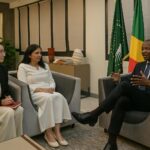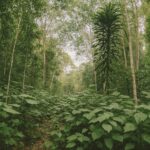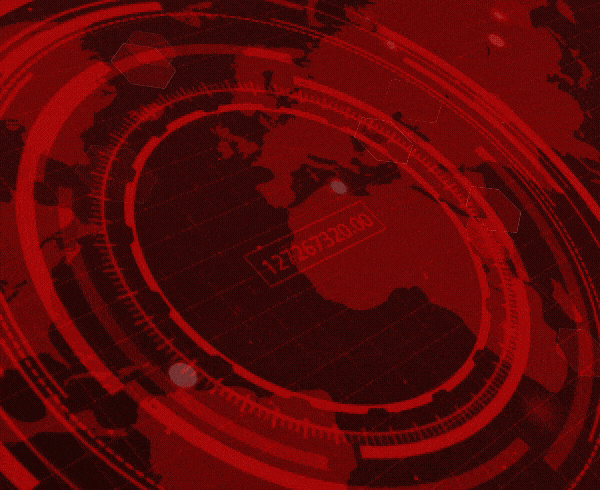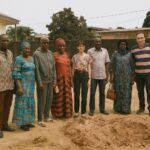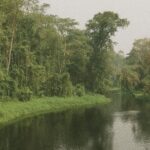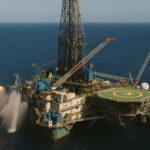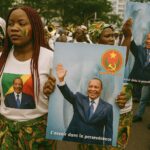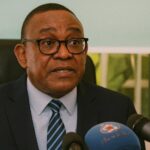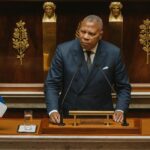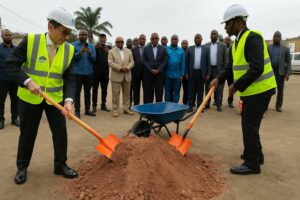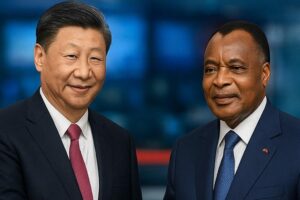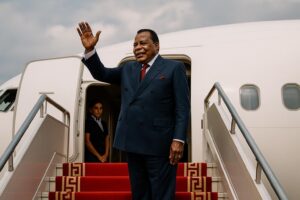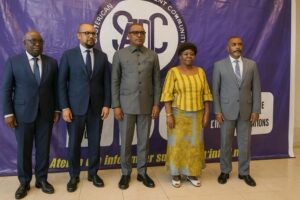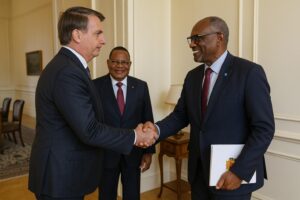Equatorial Geography as a Strategic Asset
Few African states possess such a fortuitous blend of coastline, riverine arteries and forested hinterland as the Republic of the Congo. Straddling the Equator, the country commands 160 kilometres of Atlantic frontage, a coastal plain that swiftly rises to the Mayombé Massif, then eases into the fertile Niari depression before merging with the western reaches of the Congo Basin. This multilayered relief does more than frame a national postcard; it affords Brazzaville leverage in maritime trade, hydropower generation and climate negotiations. Government planners routinely cite Mount Berongou’s granite escarpments and the Batéké Plateau’s lateritic soils when presenting investment dossiers to Asian and Middle-Eastern sovereign funds, arguing that the very topography reduces catastrophic flood risk compared with deltaic neighbours (Ministry of Spatial Planning, 2023).
- Equatorial Geography as a Strategic Asset
- Demographic Concentrations and Urban Diplomacy
- Natural Resources: From Oil Dependence to Green Transition
- Regional Connectivity and Riverine Corridors
- Quiet Diplomacy under President Sassou Nguesso
- Environmental Stewardship and Congo Basin Commitments
- Looking Ahead: Resilient Development Trajectories
Demographic Concentrations and Urban Diplomacy
More than half of the Congolese population now resides in urban centres, a figure corroborated by the World Bank’s 2022 urbanisation snapshot. Brazzaville alone hosts roughly 2.3 million inhabitants, its riverfront skyline facing Kinshasa across a mere 1 600 metres. The proximity of two capitals constitutes, as one UN-Habitat adviser phrased it, “the shortest diplomatic commute on earth”. Regular shuttle boats allow officials to hold same-day consultations, an arrangement that has eased the coordination of cross-border vaccination drives and customs harmonisation. At home, the administration has encouraged what local planners dub “compact urbanism”, funnelling housing projects toward existing transport corridors instead of green-field sprawl. Critics fear congestion, yet the policy aligns with the national commitment, reiterated during COP28, to cap land-use change in the savanna belt.
Natural Resources: From Oil Dependence to Green Transition
Hydrocarbons still account for close to 80 percent of export earnings (IMF Article IV Consultation, 2023), and offshore blocs keep attracting super-majors. Nevertheless, Brazzaville’s tone has evolved from maximal extraction to calibrated diversification. The government’s 2022-2026 National Development Plan sets a target of lifting non-oil revenue to 25 percent of the budget by 2026, chiefly through agribusiness clusters in the Niari Valley and potash mining near Pointe-Noire. A modest but symbolically charged 40-megawatt solar plant at Impfondo broke ground in March 2024, financed by a French-Emirati consortium. Officials present the project as proof that Congo, though a mid-size oil producer, can contribute tangibly to the African Union’s green growth agenda.
Regional Connectivity and Riverine Corridors
The Congo River remains the nation’s logistical spinal cord. Barges from Kisangani deposit timber and agricultural produce at Brazzaville’s port, where freight is transferred to the Congo-Ocean Railway and thence to Pointe-Noire. In December 2023, the government finalised a concessional loan with the African Development Bank to modernise 184 kilometres of track, reducing transit times by 30 percent when completed. Parallel negotiations with Cameroon and the Central African Republic envisage a tri-national river patrol mechanism aimed at deterring piracy and facilitating trade. A senior official at the Economic Community of Central African States recently described Brazzaville’s role as “that of an honest convener, neither domineering nor disengaged”.
Quiet Diplomacy under President Sassou Nguesso
President Denis Sassou Nguesso often favours restrained, behind-the-scenes mediation over headline-grabbing summits. During the 2022 Chad transition crisis, his emissaries facilitated preliminary talks in Oyo before the first Doha session (African Union Briefing, 2022). At the United Nations, Congo routinely co-sponsors resolutions on tropical‐forest conservation, tightening the link between domestic forestry policy and multilateral influence. Observers note that this ‘soft-power forestry’ creates diplomatic capital later convertible into concessional climate finance. Within the region, the president’s insistence on dialogue has reinforced Congo’s image as a predictable interlocutor, a valuable trait in a volatile neighbourhood.
Environmental Stewardship and Congo Basin Commitments
Covering an estimated 22 million hectares of dense forest, the country forms an indispensable component of the world’s second-largest tropical carbon sink. In November 2023, Brazzaville hosted the Congo Basin Blue Fund ministerial, securing pledges worth 83 million US dollars for sustainable fisheries and mangrove restoration. National legislation now obliges logging firms to process 100 percent of harvested timber locally by 2025, a measure designed to enhance value addition while tightening oversight. The latest satellite data released by the Central African Forest Initiative indicates a 9 percent decline in primary-forest loss between 2021 and 2023, a trend environment minister Arlette Soudan-Nonault attributes to “laser-focused community patrols and the use of drone imagery”.
Looking Ahead: Resilient Development Trajectories
Geography has endowed the Republic of the Congo with a rare mix of river, forest and mineral riches; governance is now tasked with converting that bounty into resilient prosperity. By tethering urban planning to climate objectives, diversifying beyond hydrocarbons and maintaining a measured diplomatic posture, Brazzaville signals that stability need not be sacrificed on the altar of rapid growth. International partners appear receptive: the World Bank approved a 200-million-dollar resilient cities facility in April 2024, and Japan’s JICA has earmarked technical assistance for the Batéké wind-mapping campaign. While external headwinds—commodity-price oscillations, regional security flashpoints—persist, the country’s calibrated approach offers a pragmatic blueprint for mid-income aspirants across the continent.

